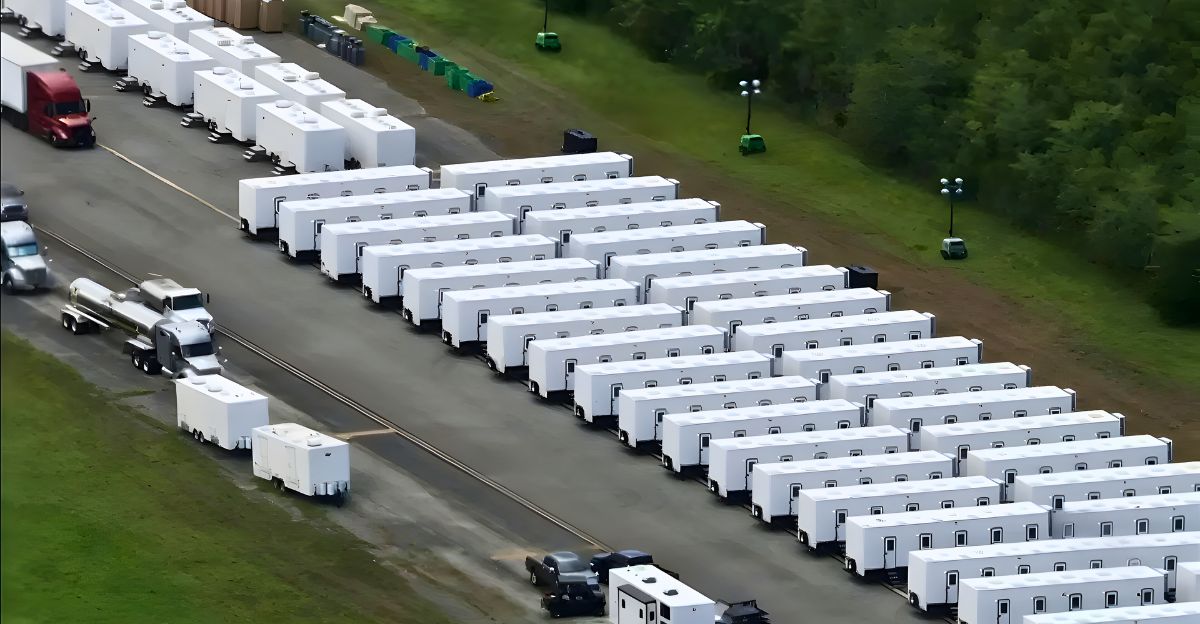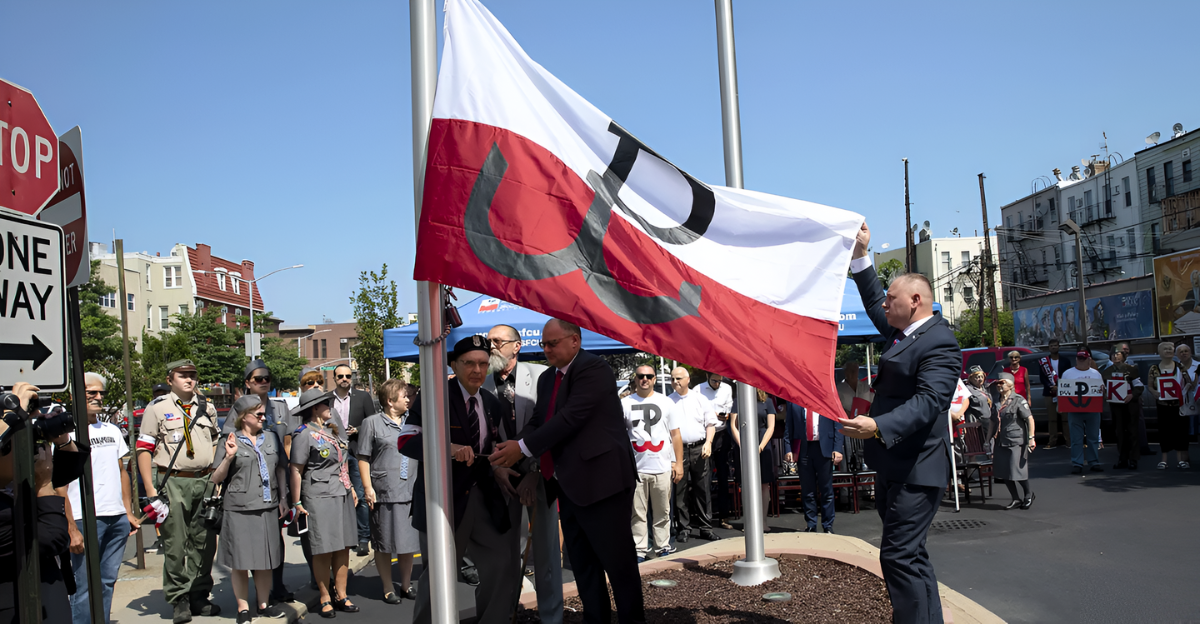
Poland has quietly emerged as Europe’s new economic engine, surprising markets and policymakers alike. It recorded a growth rate of 2.9% last year, even as Germany’s economy contracted by 0.2%. This boom means that Poland is rapidly closing the gap with its neighbor: its GDP was under a tenth of Germany’s in 2004, but by 2024 it had grown to roughly one-fifth as.
Its rapid rise has turned heads across the continent; Oxford Economics’ Mateusz Urban calls Poland “a European tiger right at Germany’s door”, reflecting how the nation’s dynamic surge is reshaping Europe’s economic landscape.
Why Poland Is Surging
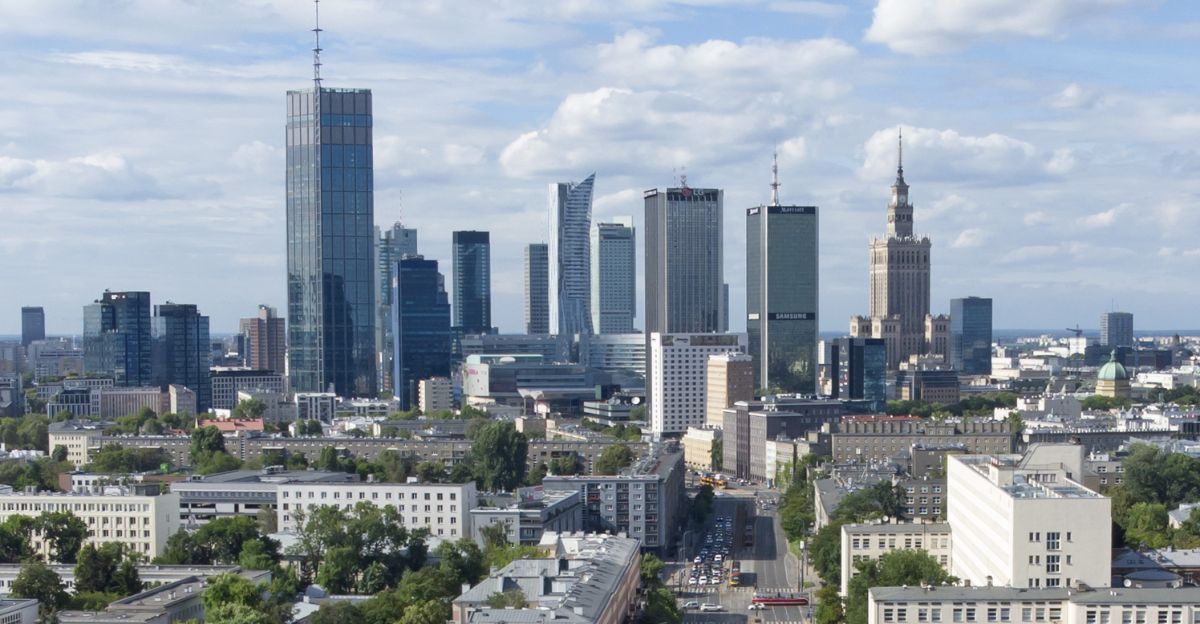
Poland’s economic surge isn’t accidental. Since joining the EU in 2004, it has channeled roughly €10 billion annually in structural funds into highways, factories and ports, sparking domestic construction and consumption. Today, Poland boasts record-low unemployment (about 3%) and easing inflation, aided by prudent fiscal policy and stable wage growth.
Polish leaders note that the country even escaped recession in 2008 when most of Europe fell into crisis. These reforms and investments have made Poland a resilient growth engine among EU economies.
Investment Boom

Global businesses are setting their sights on Poland’s booming economy. Companies from IT to auto manufacturing are relocating or expanding there – for example, Volkswagen is reportedly moving an electric van production line to a new plant in Poznań, Poland. With labor costs still roughly one-third lower than in Germany and full access to the EU market, Poland offers big savings to investors.
This investment surge is fueling job growth across the country, especially in tech, logistics and energy sectors.
Shifting Trade Flows
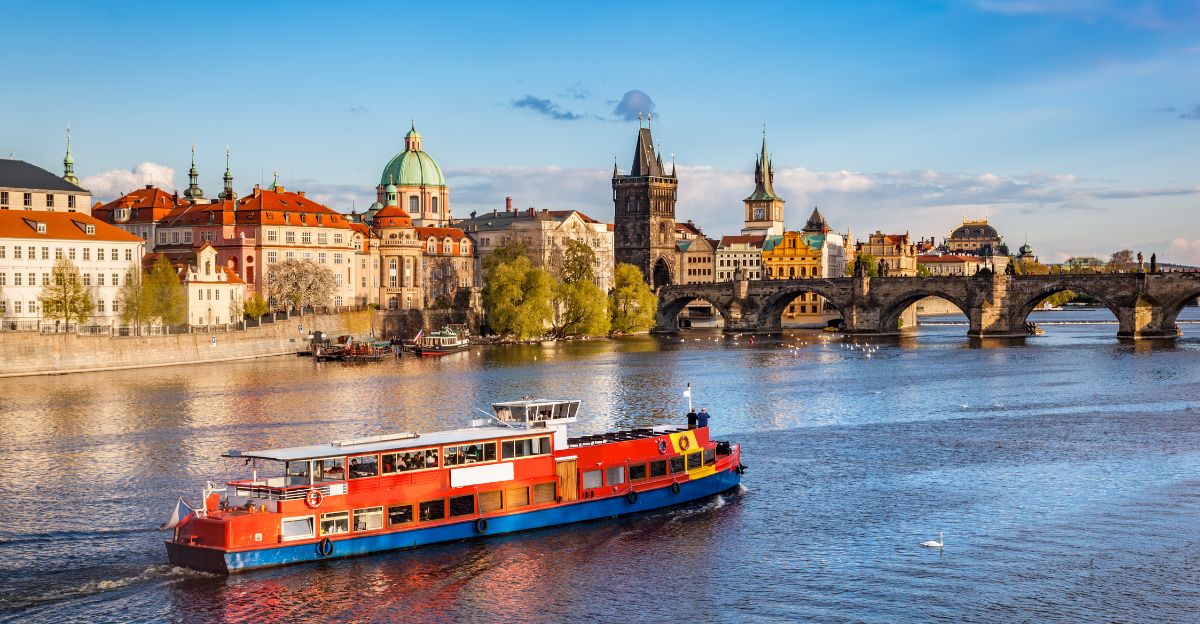
Poland’s strength is also changing Central Europe’s trade patterns. With a domestic market of 40 million people now booming, Poland has become less dependent on German demand. By contrast, smaller neighbors like Hungary and the Czech Republic still export heavily via Germany, so they feel Germany’s slowdown much more than Poland does.
Capital and supply chains are reorienting toward Poland. Eastern Europe is beginning to see Poland not just as a link in a chain, but as its own hub of growth.
EU Power Shift

Poland’s rise also shifts power in Brussels. Longer a junior partner, Warsaw now negotiates from a position of strength. For example, German officials recently used EU regulations to stall several major Polish infrastructure projects (like new nuclear plants and a Baltic port), apparently seeing them as competitive threats to German industry.
At the same time, Polish leaders are using their leverage – including EU recovery funds – to press Warsaw’s priorities on energy and defense. This growing clout means Poland’s voice carries a heavier weight in EU budget and policy debates.
Energy and Industrial Challenges
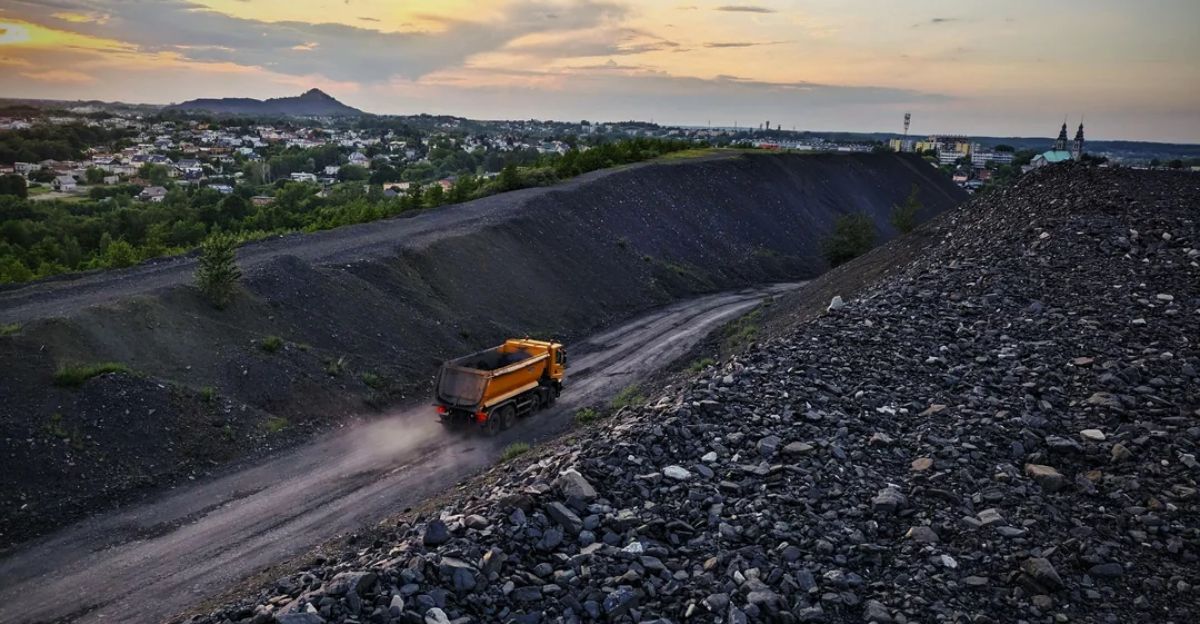
Not everything is rosy: Poland’s growth highlights some big challenges. The country still generates roughly two-thirds of its electricity from coal, a legacy that runs counter to EU climate goals. Experts warn that Poland must now invest heavily in renewables and new infrastructure to keep the boom going. This energy transition will be costly even as the economy expands – an EU forecast still sees Poland growing around 3.3% in 2025, but only if power and transport bottlenecks are resolved.
Poland must leverage some of its boom years to modernize key industries or risk slowing down.
Social Gains and Gaps
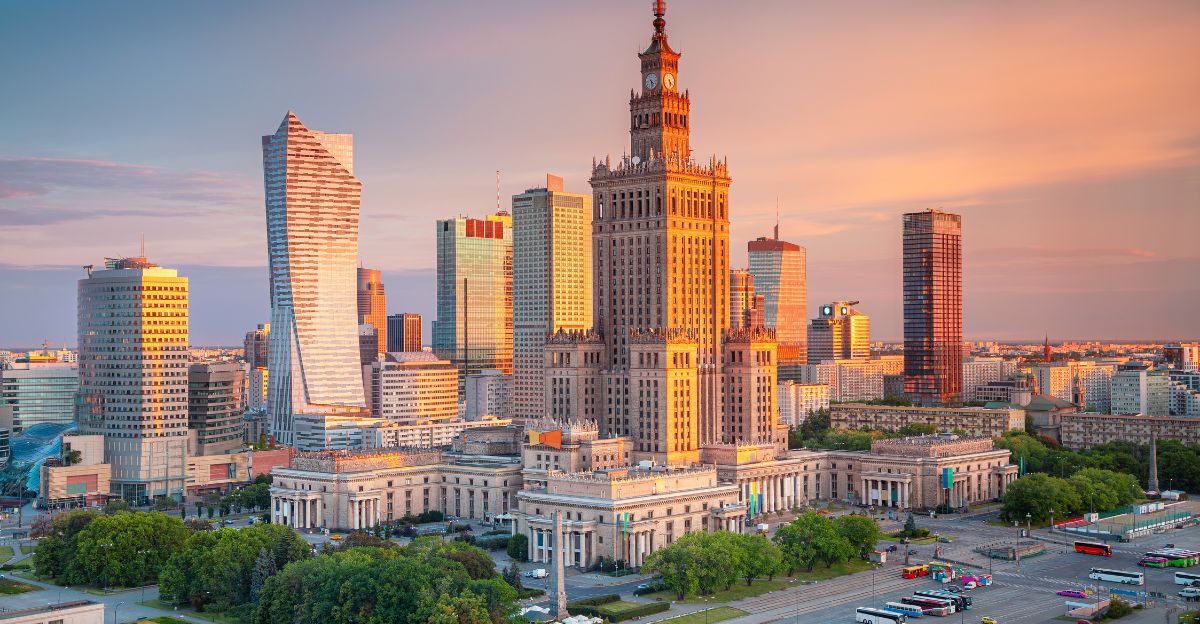
Ordinary Poles are already feeling the benefits. After decades of catching up, standards of living have soared. Poland’s uninterrupted three-decade growth streak is the longest in Europe; GDP is now about ten times what it was in 1990. Unemployment has plunged to around 3%, and health and safety indicators rival those of richer countries – for example, Poland’s infant mortality rate is now lower than Canada’s, and female life expectancy even surpasses that of the U.S..
These gains are lifting incomes across society, although analysts note that regional and income inequality (particularly between big cities and rural areas) remains a challenge that must be managed.
Political and Policy Moves

Politicians are taking note of this eastern shift. Seeing Poland’s growth, EU leaders and businesses are adapting: some German firms have quietly begun partnering with Polish suppliers, acknowledging the new balance. In Brussels, Poland’s larger economy means more seats at the table and more say over EU budget allocations and regulatory rules.
Warsaw has begun pressing Brussels for larger shares of EU funding and for solidarity on issues like energy security. Conversely, other EU capitals are rethinking strategies too, for example, recognizing that pipelines, ports or rail links through Poland can no longer be ignored as mere hinterland.
What to Do Now
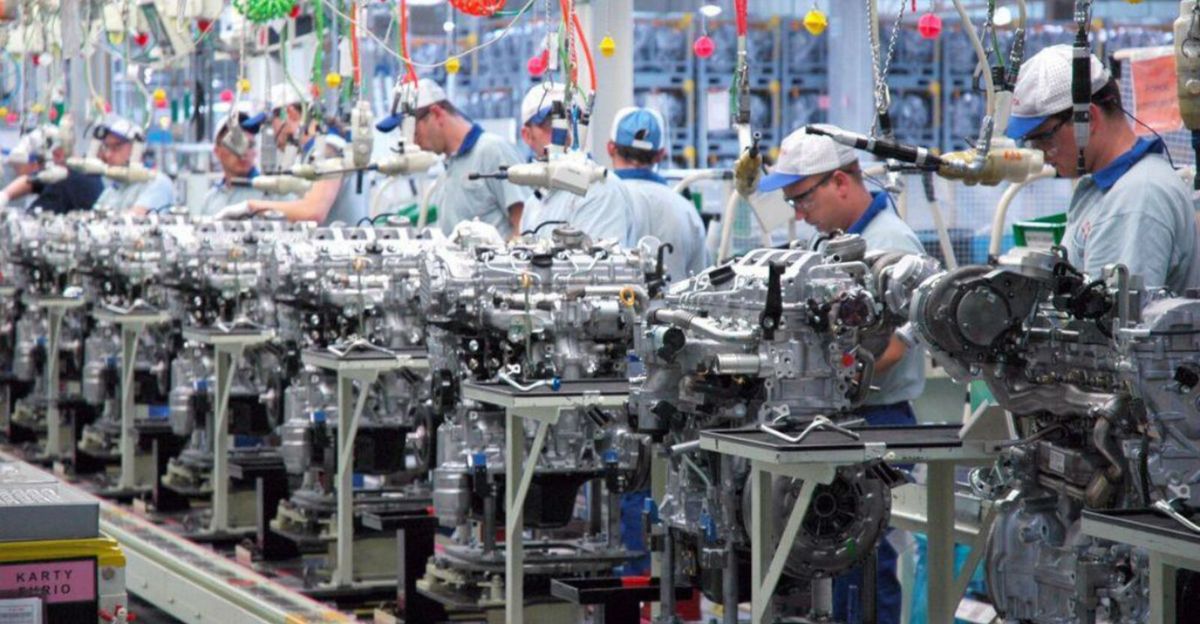
For companies and investors, experts say, the time to pay attention to Poland is now. Its stock market is among Europe’s best performers recently, and it’s a prime location for factories and tech centers. Diversifying operations or portfolios to include Polish assets could pay off if the boom continues. Even consumers may notice changes: expect more Polish-made goods and a stronger zloty as the economy heats up.
Businesses might explore Polish R&D grants or investment zones, while individuals might watch Poland’s markets and currency as a bellwether for EU growth. As one analysis put it, Poland’s rise isn’t just a trend – it’s an opportunity that shouldn’t be missed.
Forward-Looking Wrap-Up
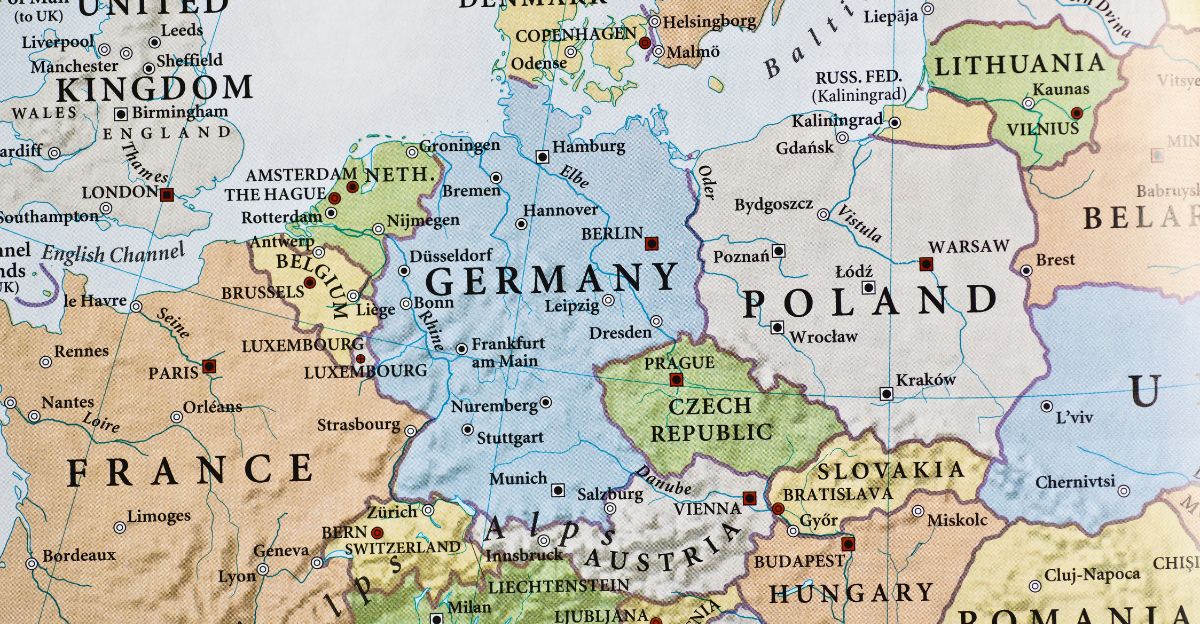
Poland’s surge may soon be felt in every corner of Europe. “What starts with an assembly line in Warsaw,” one analyst notes, “could ripple all the way to EU policy and everyday consumers.” In fact, commentators observe that Europe’s old east-west dynamics are shifting: a kind of mini “Polish-German divide” in influence is emerging. If Europe’s economy is being rebased, Poland is now at the new center of gravity.
What this all means in practice – from where cars are built to how EU money is spent – is still unfolding. But one takeaway is clear: Poland’s ascent is not a passing phase, and it may very well redraw the map of Europe’s economic power in the years ahead.





